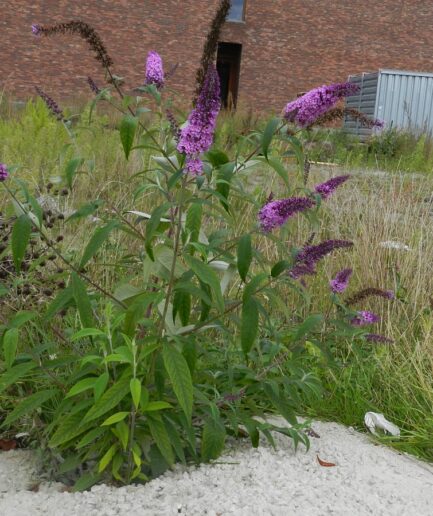Hare’s-foot Clover
Scientific name: Trifolium arvense L.
Family: Fabaceae
MORPHOLOGY
Habit and Size: Annual herbaceous plant, 10-60 cm tall, with appressed tomentum, covered with appressed hairs.
Stem: Erect stems, simple or branched-corymbose.
Leaves: Leaves shortly petiolate, the upper ones sessile, trifoliate with oblong-linear leaflets with acute apex, denticulate or entire margins, 2-2.5 cm long, gray-green with long whitish hairs on both surfaces, equipped with bristle-like stipules, partially free, reddish-brown.
Flowers: Inflorescence in solitary, terminal, or lateral heads, numerous, very hairy and soft, initially ovate, then elongated cylindrical, supported by long peduncle, without bracts at the base. Calyx with 10 nerves equipped with a villous and short tube of 2 mm with setaceous, velvety-plumose, awl-shaped teeth, reddish, much longer than the corolla, which is initially whitish, then pink. Blooms from March to June.
Fruits and Seeds: The fruit is a monospermic legume called camara, indehiscent and enclosed in the calyx, with a single seed 0.7-1.1 mm, smooth, greenish-brown.
DISTRIBUTION AND HABITAT
Present throughout Italy, common in grassy areas, uncultivated land, field edges, from 0 to 1,500 m.
Photos: freely licensed from Saxifraga and Jeroen Willemsen, Frank Dorsman, Rutger Barendse, Ed Stikvoort





















